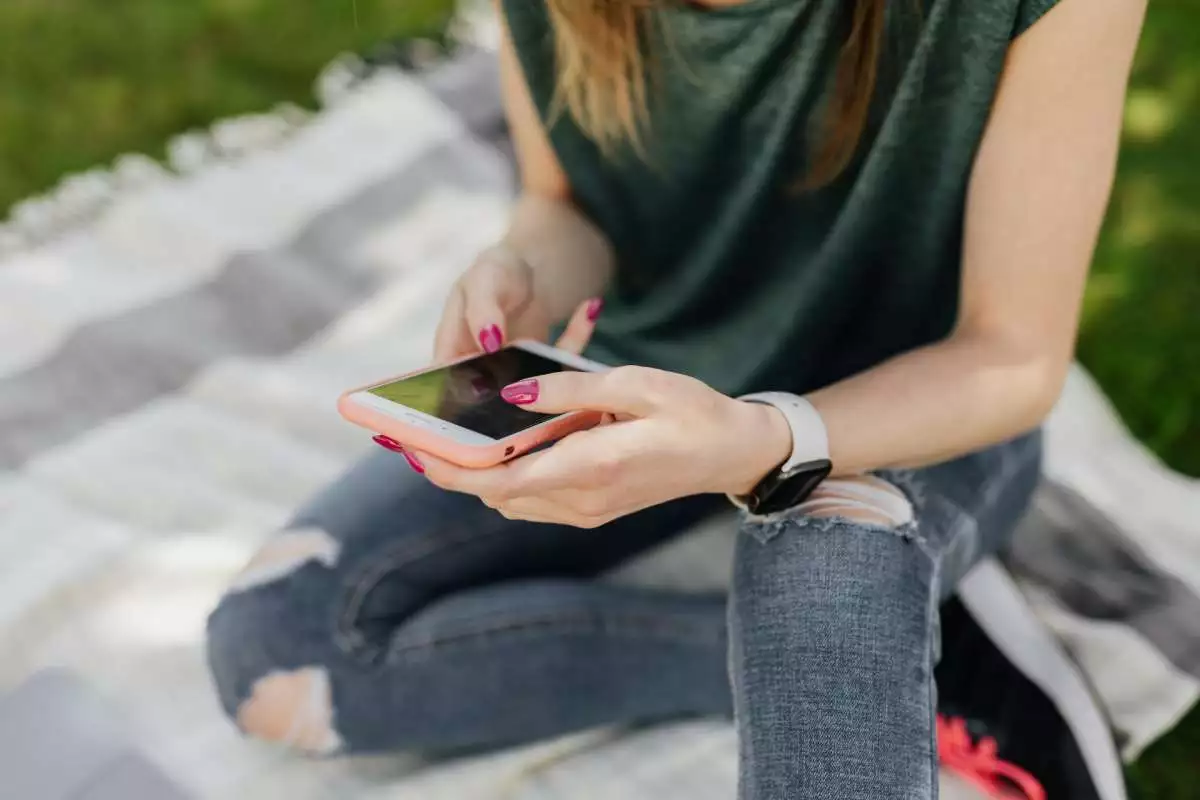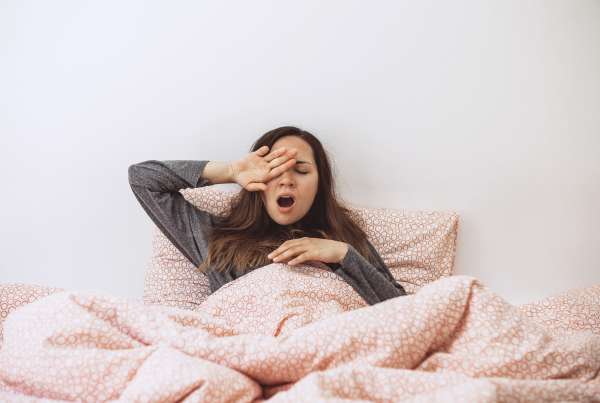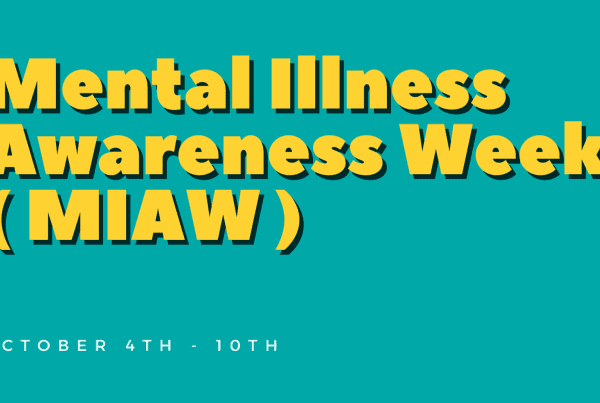When social media first entered the public consciousness, it quickly became clear that this was as much of a revelation in the use of the Internet as radio media and TV news had transformed the way new telecommunication technologies entered our day-to-day lives. And as exciting as it was, it was unclear how social media and teen mental health would unravel in the future.
In tech parlance, social media and portable Wi-Fi devices became the “killer app” that elevated the Internet from being a vital background technology for knowledge sharing, to becoming the thing over billions of people wake up to and utilize nearly every day.
This technological paradigm shift has its pros and cons, especially for the younger generation of “digital natives” who use platforms like Instagram and Twitter even more than their parents and grandparents.
For one, it’s easier to communicate with one another. It’s one thing to spend a fortune to call someone across continents over the payphone for a few short minutes or send an SMS and hope for the best. It’s a wholly different story to be able to instantly communicate with one another, share our thoughts and memories in text, audio, photo, and video form, and form new connections completely virtually.
Secondly, social media is built on the idea that we can represent and tailor our self-image on the Internet and form connections with one another. It is more than just a big, cluttered community corkboard – these platforms are designed to connect like-minded people, share common interests, and make this vast world of ours feel smaller than ever before while giving each of us control over the way we appear online.
But there are stark downsides. The analogies between social networks and real-life relationships can lead us to place a similar level of importance on the relationships we develop and foster online and those we make in our day-to-day. The brain experiences joy from receiving Facebook likes and Twitter retweets the same way we feel validated and complemented to our faces. Yet the two are not the same.
The Link Between Social Media and Teen Mental Health
Rather than a true reflection, social media is more like a funhouse mirror. Tweens and teens, who are in the middle of developing the capacity to digest and navigate these complex social relationships with their peers, are especially affected by the way attention and validation online can make them feel.
This is something these platforms knowingly exploit to encourage more interactions, farm more user data, and provide advertisers with a larger target audience. In more ways than one, this manipulative relationship can have a multitude of negative effects on teen mental health.
Yes, you can make new friends online. You can have genuine interactions with other people, share your experiences and memories, and form a bond before ever meeting. But there are also countless experiences of manipulative or false online relationships, catfishing, or dangerous online grooming rings.
On a less drastic note, the simple act of uploading daily experiences online for likes and interaction can affect a teen’s self-esteem, make them dependent on their online self-worth as per other people’s messages, comments, and validations, and leave them particularly vulnerable to online victimization, or more controversial content in the name of maintaining engagement. We’ve seen it happen on MySpace, Facebook, Instagram, and now more recently, on TikTok.
It’s fun to upload a vacation picture and share your experiences with friends. But on the more nefarious side, social media can become a place where teens with a fragile self-esteem equate their value with how they are perceived or received online, falling apart and becoming depressed when their content no longer inspires as many likes or comments as it used to.
Some teens do move past this in adulthood – others get stuck and are much more likely to develop serious mental health issues as a result of their online experiences.
Social Media and Eating Disorders
Eating disorders are not only one of the most common mental health disorders whose growth can be attributed to a rise in social media use among teens, but they are also the deadliest type of mental health disorder.
An eating disorder directly impacts a teen’s physical health, and it can often take several bouts of hospitalization for a teen to finally begin their recovery process. Therapy for an eating disorder is difficult, requiring the expertise of psychiatrists and dieticians, as well as the supervision of a physician.
Does this mean social media causes eating disorders? Not necessarily, but it can exacerbate them, trigger them, or contribute to their development in an unhealthy way. The largest cause of eating disorders remains hereditary.
Social Media and Anxiety
Teens are going through a rough time: adolescence. And yet, while every generation prior has survived the very same growing pains, anxiety rates among today’s teens seem higher than before. Some of it can be attributed to a better understanding of how common anxiety really is. Some of it is a result of a cascade of world events. And some of it can be attributed to the impact of social media.
In the early days of the Internet, many parents worked hard to impress on their kids the importance of anonymity and child safety online. Yet it has become harder and harder to monitor what kids do and see, especially with the invention of the smartphone. Teens today spend multiple hours a day on several different social networks, whether it’s to consume content on YouTube or TikTok, or make content of their own.
It’s not all negative. Social media use can exacerbate issues in both directions. It can affect teens with naturally lower self-esteem and greater anxiety issues in negative ways. But it can also empower these teens, inspire them to pick up a new hobby, perhaps get them into sports, cataloging and sharing their personal achievements, and building up their own self-worth through a positive feedback loop.
Furthermore, the impact that social media use has on teen anxiety is not to be overestimated in contrast to the impact of general everyday stressors. Teens are still mostly worried about their grades, their crushes, their friendships, high school and college struggles, and the problems of the near future, whether it’s the job market or global warming.
Would it help to lower a teen’s screentime? Maybe. A better idea might be to talk to your teen about their worries and concerns and help address them together. The constant feedback and noise of social media might not make things any easier, but many of the stressors teens experience are still closer to home than to the digital world.
It’s also critical to be a good role model with how you use your own tech. Teens are highly sensitive to anything they deem hypocritical or ironic and will be less likely to take your concerns seriously when your screentime almost eclipses theirs.
It’s a complicated world out there, and it’s difficult to raise a teen in it. But it’s also important to be cognizant of when an issue becomes too great for either of you to manage alone. Anxiety disorders, suicidality, and depressive thoughts are best addressed by seeking professional help together.








